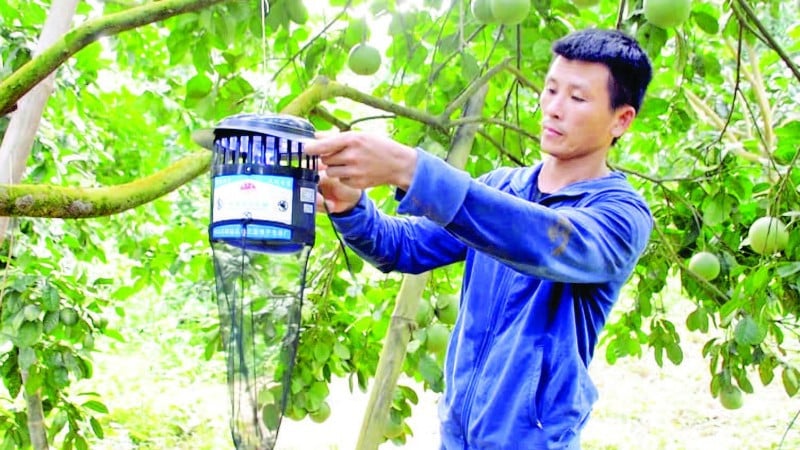
Localities in the region have been promoting the application of science and technology and reorganizing production in a systematic and specialized manner, creating a foundation for high economic efficiency and sustainable development.
In 20 years (from 2004 to 2024), the area of 10 main fruit trees in the region, namely lychee, longan, orange, grapefruit, banana, mango, custard apple, plum, crispy persimmon, passion fruit, increased more than 2.5 times. Of which, some trees increased suddenly such as grapefruit increased by 135%; custard apple increased by 100%; orange increased by 77%; lychee increased by 47.5%; longan increased by 50%; banana increased by 50%... Some main fruit tree areas have been formed, concentrated in the provinces: Tuyen Quang, Phu Tho, Son La, Lao Cai, Lang Son ...
As one of the typical localities in the northern midland and mountainous region in terms of crop restructuring, Son La province is becoming a typical model for applying science and technology to fruit tree development. The province has selected and put into mass production a series of new fruit tree varieties with high productivity and quality such as mango, late-ripening longan, custard apple, etc.; promoting the application of advanced techniques such as grafting, cutting, and tissue culture. Currently, the province has more than 300 enterprises and cooperatives operating in the field of fruit tree production, preliminary processing, and processing; more than 500 preliminary processing facilities and 10 large-scale processing factories have been and are operating effectively.
Last May, the Agricultural Extension Forum @ Agriculture with the theme "Solutions to promote the application of science and technology in fruit tree production in the northern mountainous region" was held in Tuyen Quang province. Comrade Cam Thi Phong, Deputy Director of the Department of Agriculture and Environment of Son La province, said: By 2025, the total area of fruit trees in the province is estimated to reach 85,050 hectares, with an output of about 510,000 tons. The whole province has more than 4,700 hectares meeting VietGAP standards and five production areas recognized as high-tech agricultural areas. To date, 218 growing area codes have been granted, creating favorable conditions for Son La fruit trees to access international markets and are present in 15 countries and territories, including demanding markets such as the US, Japan, Korea, EU... Fruit trees have brought stable income to grow, averaging from 150-300 million VND/ha/year, many typical models reaching 400-500 million VND/ha/year. Cooperatives have gradually applied advanced farming processes, drip irrigation, balanced fertilization, integrated pest management and prioritized biological measures to improve product quality and safety.
In recent times, localities in the region have successfully applied many advanced techniques and technologies such as: grafting, branch grafting; micro-grafting of growing tips for citrus trees; synchronously deploying technologies: microbiology, nano, water-saving irrigation, smart farming and digitizing the entire product value chain. The production area according to VietGAP, GlobalGAP, circular, organic, smart and digital agriculture standards has been increasingly expanded, associated with the construction of growing area codes, geographical indications and traceability. Many key fruit tree products of the region have been recognized as OCOP from 3 to 5 stars.
However, the development of fruit trees in the region also faces many difficulties such as: small-scale production, fragmented land, mostly sloping land, difficult to apply mechanization and irrigation; incomplete transport infrastructure. Climate change, extreme weather and increased pests and diseases have greatly affected crops, especially lychee, longan, citrus, and passion fruit. Harvesting, preliminary processing, and preservation are still limited, with high loss rates. Along with that, there are few processing facilities, so the situation of "good harvest, low price" still occurs...
Also within the framework of the Agricultural Extension Forum @ Agriculture, comrade Nguyen Dai Thanh, Deputy Director of the Department of Agriculture and Environment of Tuyen Quang province (before the merger) said that the whole province currently has more than 17,550 hectares of fruit trees, with an output of more than 200,000 tons/year. Of which, oranges and grapefruits are the main crops, along with many advantageous crops such as bananas, longans, custard-apples, persimmons, etc. The province has 2,199 hectares produced according to VietGAP, GlobalGAP and organic standards. However, the level of intensive cultivation is uneven, many areas are still cultivated according to traditional practices, and productivity is unstable. The area applying safe production processes is still low.
In the coming time, Tuyen Quang province will prioritize renovating old orchards with new high-quality varieties, applying advanced farming processes, expanding production areas according to VietGAP and organic standards, increasing support for people to register growing area codes, build brands, trace product origins; encourages investment in the field of product preservation, processing and packaging. Along with that, the province focuses on promoting links between cooperatives and enterprises, expanding consumption markets, especially potential markets such as the EU, UK, US, etc.
Mr. Phan Huy Thong, Vice President of the Vietnam Gardening Association, said: According to the Project on developing key fruit trees by 2025, the target by 2030 is: the area of fruit trees nationally will reach 1.3 million hectares, with an output of more than 16 million tons; of which, key fruit trees will account for 1 million hectares, with an output of 13-14 million tons; and export turnover will reach about 6.5 billion USD.
For the fruit growing areas in the midlands and northern mountainous areas to develop sustainably, the synchronous participation of the government, businesses, cooperatives and farmers is needed. Localities need to review and adjust the planning of growing areas to suit ecological conditions; invest in transport infrastructure, irrigation, processing and preservation. In particular, provinces need to promote the application of science and technology and digital transformation in the entire production chain from cultivation, pest monitoring, automatic irrigation to harvesting, preservation and traceability. Support for granting growing area codes, quality certification, brand building and developing consumer markets needs to be accelerated. At the same time, it is necessary to train farmers to produce according to VietGAP, organic and ecological standards...
Source: https://nhandan.vn/can-giai-phap-dong-bo-tang-gia-tri-cay-an-qua-post891773.html


![[Photo] Prime Minister Pham Minh Chinh receives leaders of several leading Brazilian corporations](https://vphoto.vietnam.vn/thumb/1200x675/vietnam/resource/IMAGE/2025/7/6/3622160b379746e6bca82f804ea35e47)



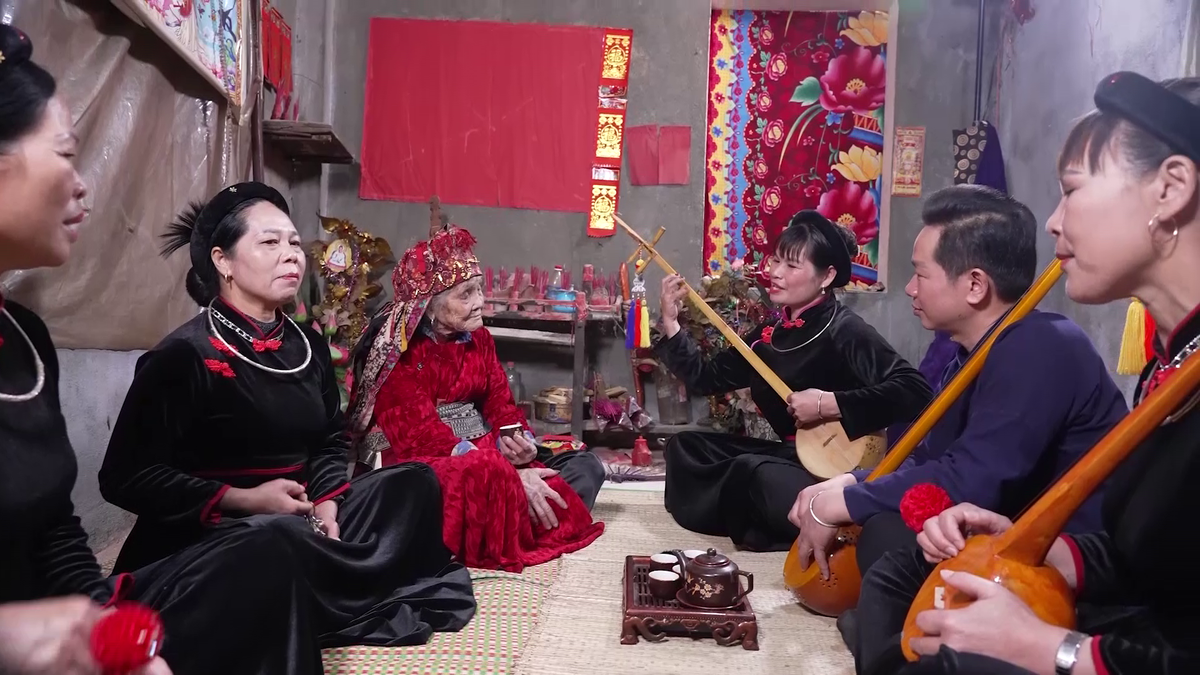
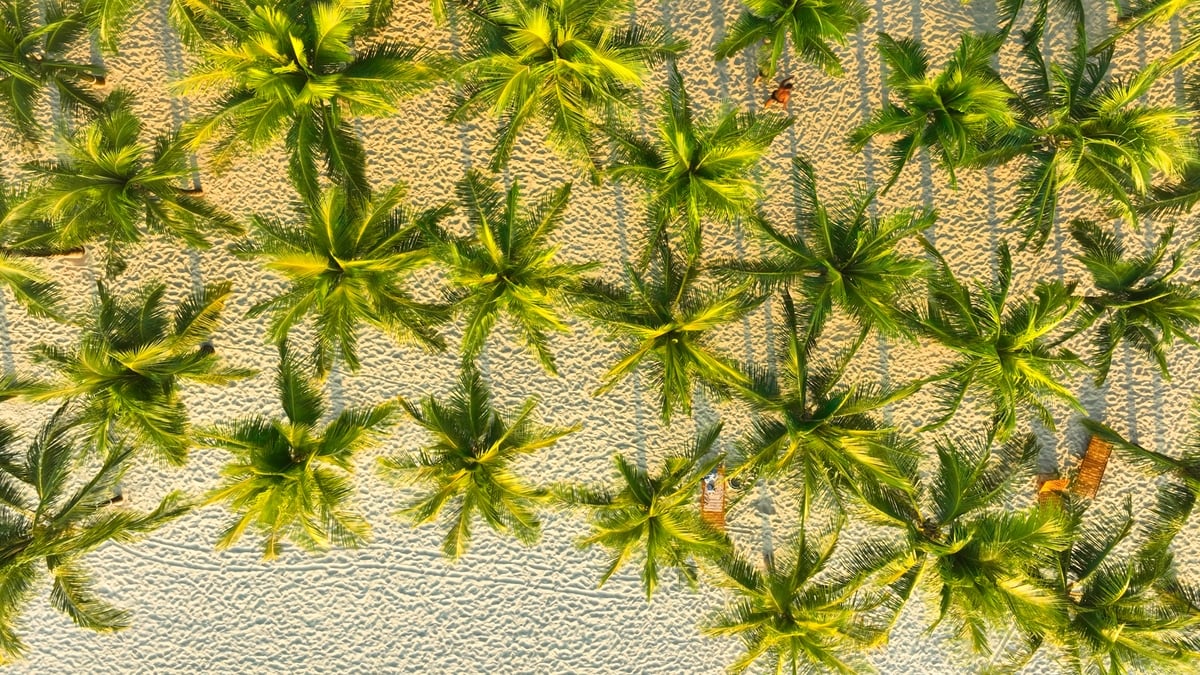
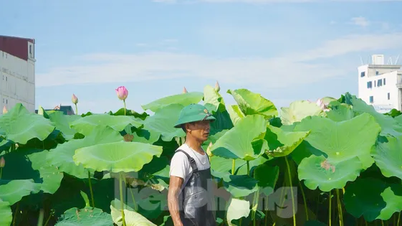

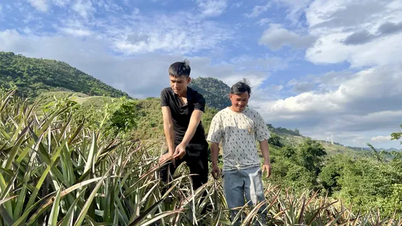
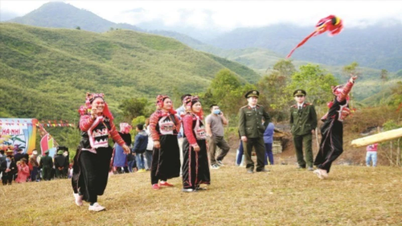
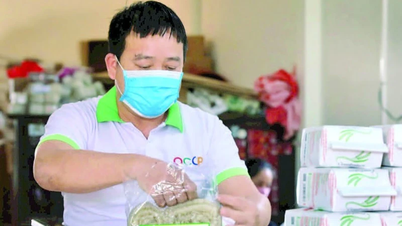
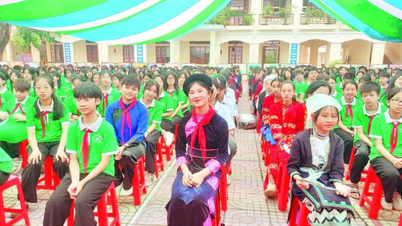
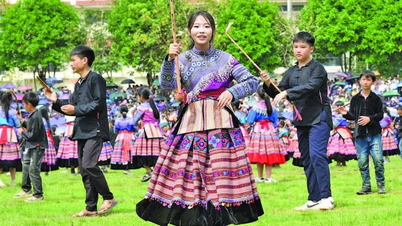




![[Photo] Prime Minister Pham Minh Chinh receives leaders of several leading Brazilian corporations](https://vphoto.vietnam.vn/thumb/402x226/vietnam/resource/IMAGE/2025/7/6/3622160b379746e6bca82f804ea35e47)

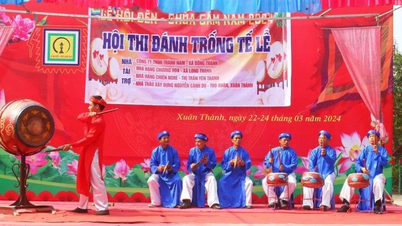




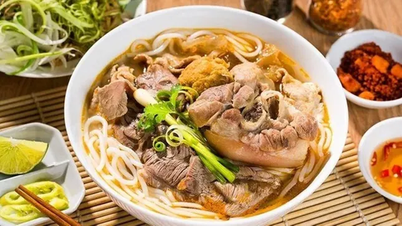
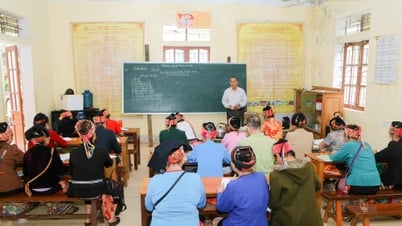

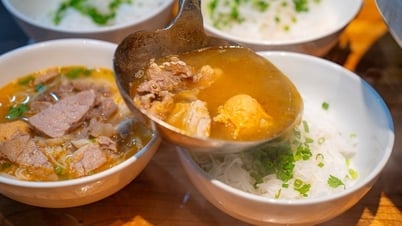



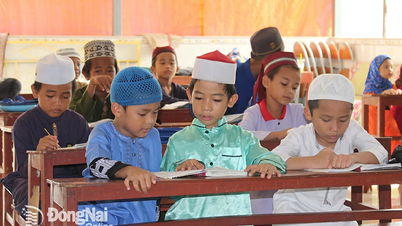













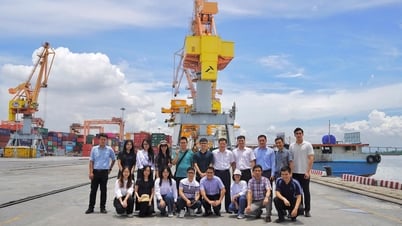


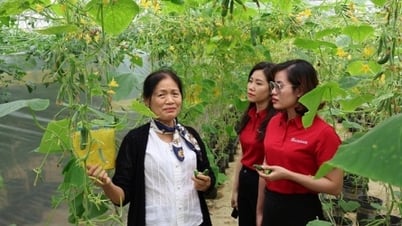
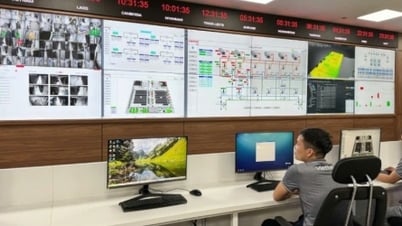
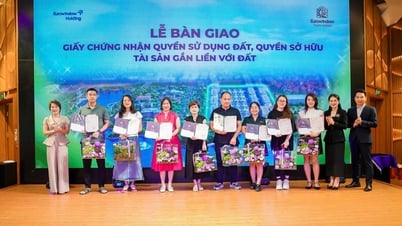







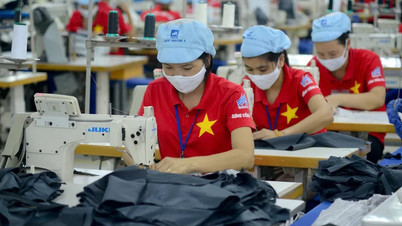




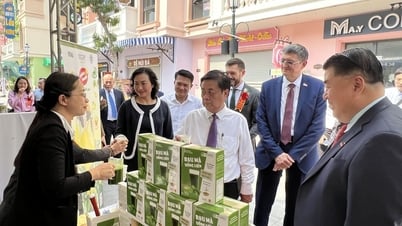

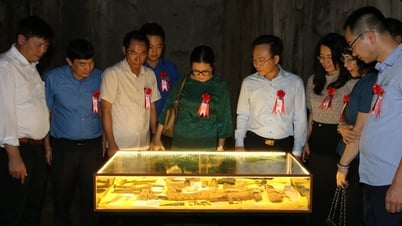








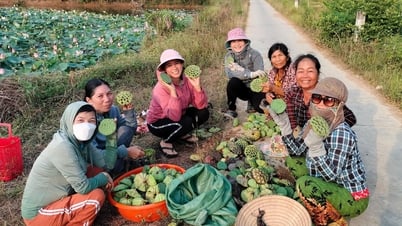

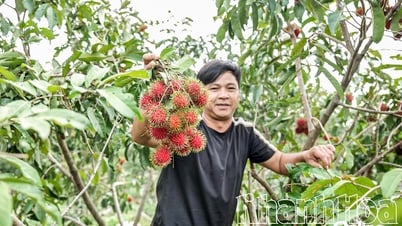
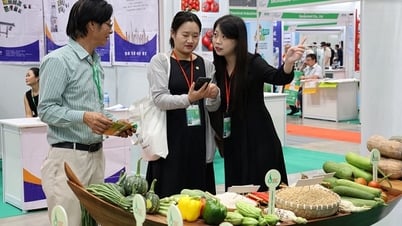

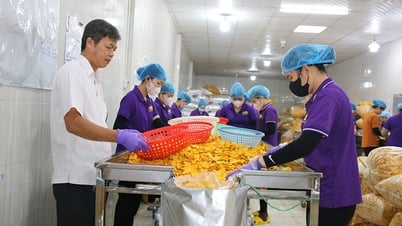

![[OCOP REVIEW] Bay Quyen sticky rice cake: A hometown specialty that has reached new heights thanks to its brand reputation](https://vphoto.vietnam.vn/thumb/402x226/vietnam/resource/IMAGE/2025/7/3/1a7e35c028bf46199ee1ec6b3ba0069e)









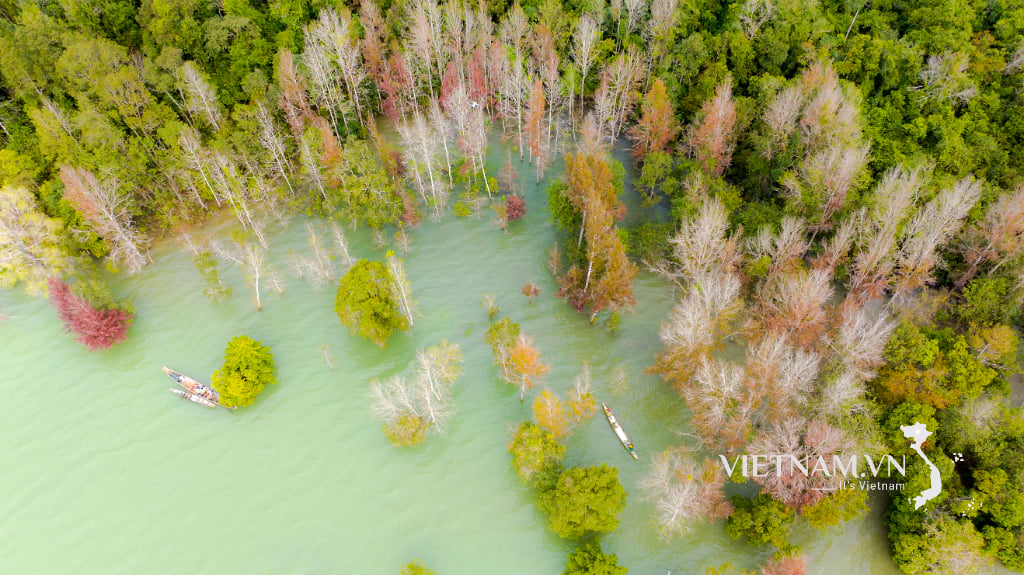
Comment (0)